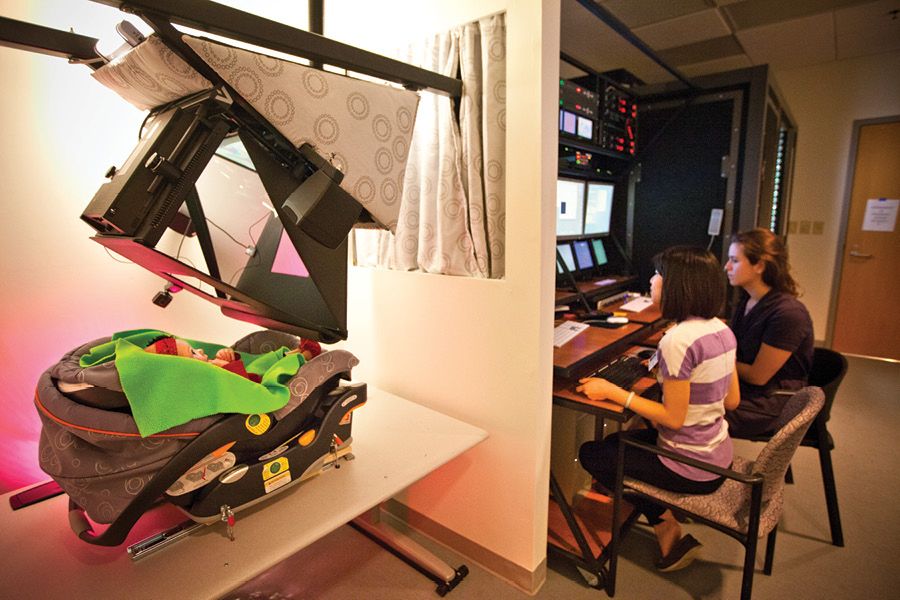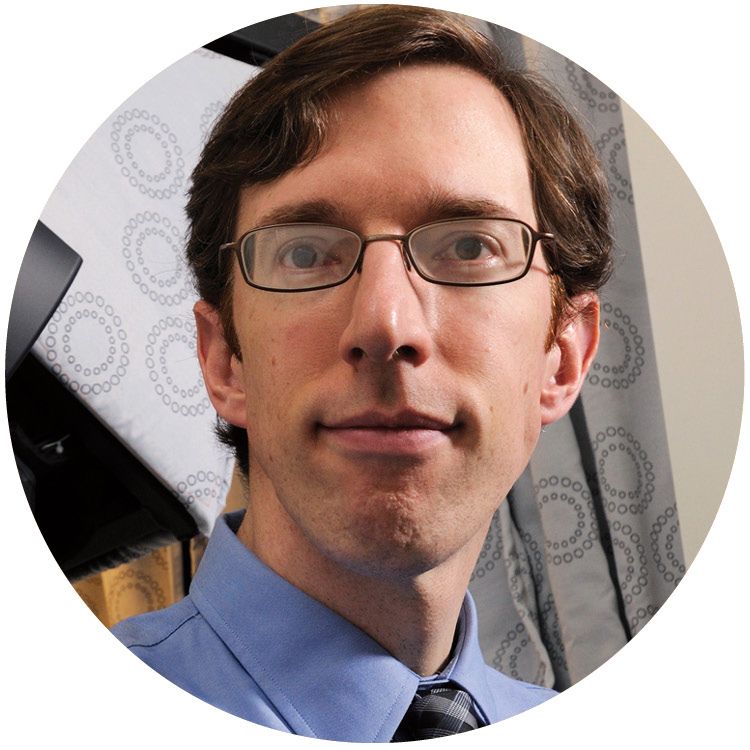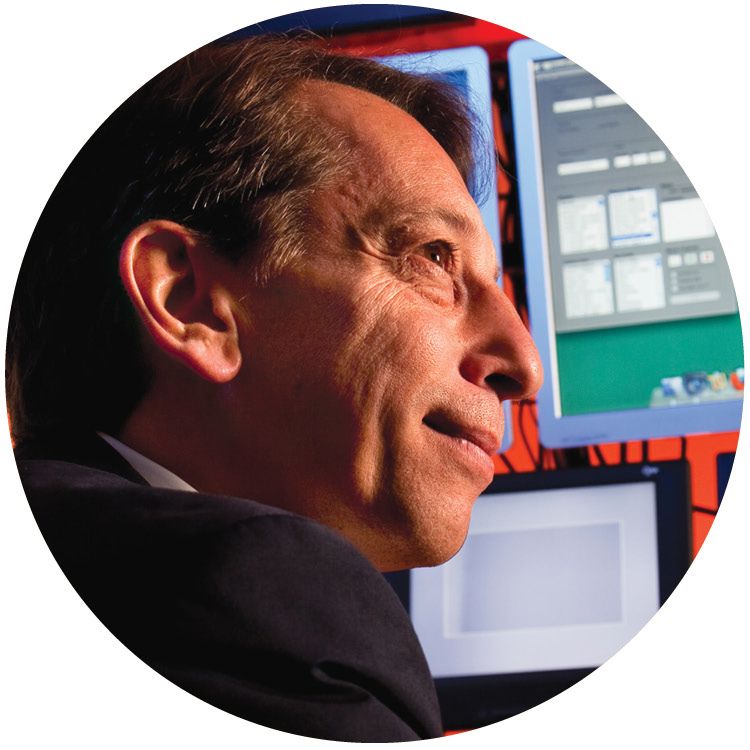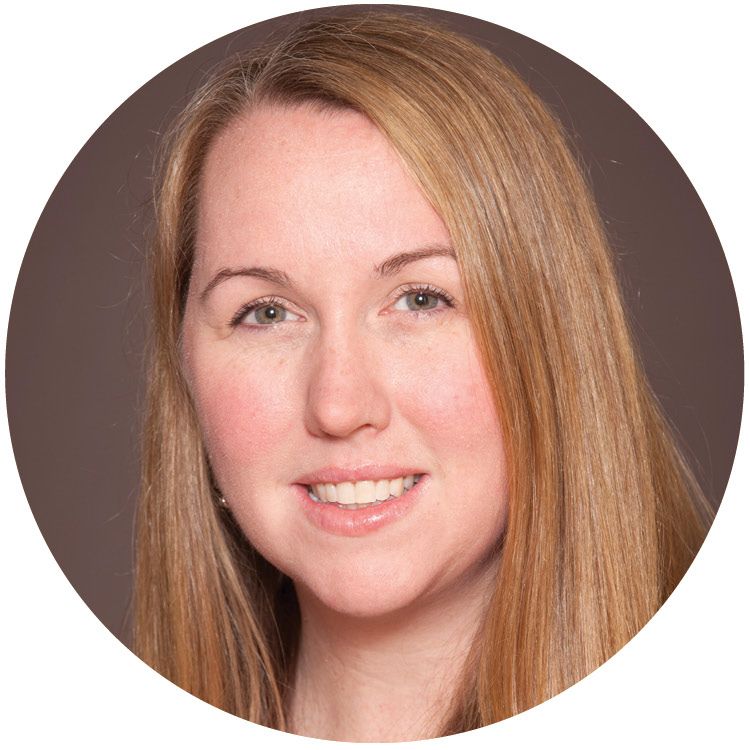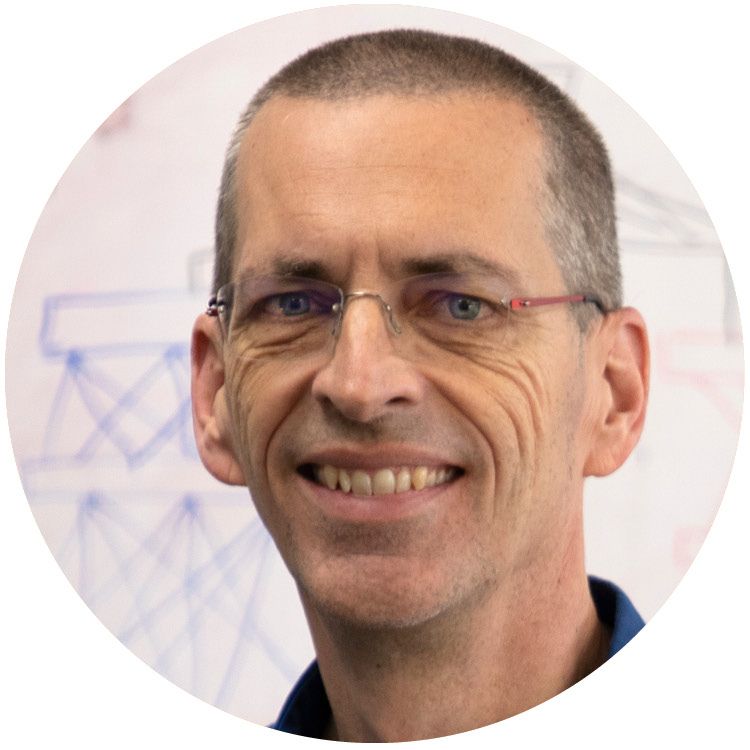No More
‘Wait and See’
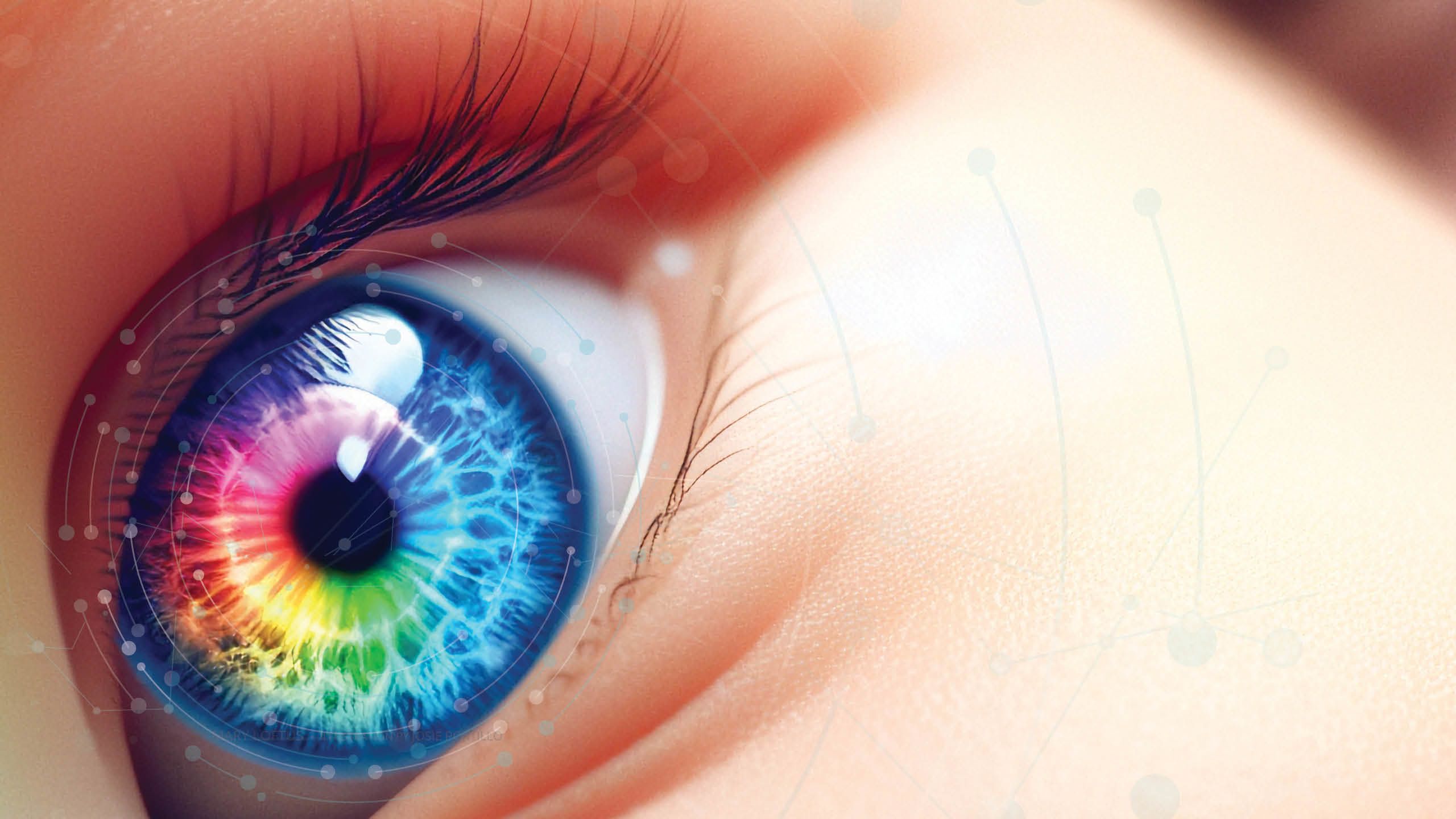
Much has been discovered about autism spectrum disorders in the past decade, from earlier diagnostics to better treatments. Why, then, are so many families still waiting for help?

Depending on who you are, where you live, and your insurance company or health care provider, the journey for children to receive a diagnosis of autism spectrum disorder (ASD) can take a while.
In the US, children with signs of autism experience, on average, two years of delay before diagnosis and even longer if the children are from racially, ethnically, or economically disadvantaged backgrounds.
Valuable years, lost.
This despite decades of research showing that earlier interventions produce better outcomes and the advent of advanced technologies that can assist with diagnoses.
“Most parents of children with autism report having had concerns before the second birthday, yet the median age of a US autism diagnosis is 4 to 5 years,” says Emory neuroscientist Warren Jones, the Norman Nien Distinguished Chair in Autism and director of research at Marcus Autism Center, a subsidiary of Children’s Healthcare of Atlanta.
Objective biomarker tests could help reduce diagnostic delays and connect children with services earlier, says Jones.
Jones and Ami Klin, director, Marcus Autism Center and division chief of Autism and Developmental Disabilities at Emory School of Medicine, are co-creators of EarliPoint™ Evaluation, the first biomarker-based, eye-tracking diagnostic technology tool.
This FDA-approved tool is authorized for use in children between 16 months and 30 months of age to aid in the diagnosis and assessment of autism.
“We measure the way children look and learn about the world at a rate of 120 times per second using eye-tracking technology,” Klin says. “This behavior, social visual engagement, is a foundational skill for the acquisition of speech, language and communication, and reciprocal social interactions.” Typically developing children take advantage of these “hot spots” of socialization—salient aspects of the social scenes they are watching. “But the way children with autism experience the videos is remarkably different: they look elsewhere, often to objects rather than people, and miss thousands of opportunities for social learning,” he says.
|
Researchers at Marcus Autism Center and the School of Medicine identified signs of autism present in the first months of life by following babies from birth to 3 using eye-tracking technology (above) to measure the way they responded to social cues. Infants later diagnosed with autism showed declining attention to the eyes of other people. Researchers at Marcus Autism Center and the School of Medicine identified signs of autism present in the first months of life by following babies from birth to 3 using eye-tracking technology (above) to measure the way they responded to social cues. Infants later diagnosed with autism showed declining attention to the eyes of other people. |
|---|
Indeed, studies have shown eye tracking of social-visual engagement to be a highly sensitive diagnostic tool, successfully identifying children who were diagnosed with autism by clinical assessment in 80 percent of cases.
While this technology is a major move forward in detecting autism, obstacles remain. The issue: getting health care professionals to use the device and make a clinical diagnosis, says Klin, who has been researching autism for more than 30 years.
“In the past couple of years, we have seen a tremendous uptick of screening for autism. It’s quite high nowadays, but then there are families whose children have screened positive for autism and still they cannot get access to a diagnosis,” says Klin.
Despite a federal mandate in the US that children who show developmental delays before age 3 should be provided with services, he adds, the emphasis on early intervention “rings hollow when parents can’t get a diagnosis. And without a diagnosis, families can’t get access to appropriate treatment.”
The barriers to access, he says, include a paucity of expert clinicians, limited knowledge of the importance of a diagnosis to families, and an unwillingness by many clinicians to make a diagnosis and/or to adopt newer technologies, among others. “Autism can be diagnosed by any physician or any clinical psychologist with experience in the field. So, primary care pediatricians could potentially make a diagnosis of autism, but they are typically not trained, prepared, or willing to do so,” says Klin. “Many also do not believe that a diagnosis will result in services.”
Emory autism researchers are building on Klin and Jones’s groundwork and other discoveries in the field to create innovative therapies that improve outcomes for those on the spectrum.
Understanding obstacles
Celine Saulnier, a clinical psychologist, adjunct professor at Emory School of Medicine, and owner of Neurodevelopmental Assessment and Consulting Services in Decatur, and Cheryl Klaiman, a professor of pediatrics at Emory School of Medicine and program director for diagnostic services at Marcus Autism Center, met at Yale and worked at the Marcus Autism Center together for a time.
They have collaborated on numerous clinical trials, regularly evaluating individuals for ASD, and have written a bevy of research studies and a book on adaptive behavior assessments, a measure of how individuals apply their skills in their everyday routines.
In typical development, a person’s cognitive capacity and skill set are usually one and the same.
“If I have the capacity to perform a skill, whether toothbrushing, dressing, social interaction, conversation—then I do those things within my capacity,” says Saulnier. “In autism that doesn’t happen. For whatever reason, individuals don’t intuitively know how to apply their skills functionally. So, they could have a huge repertoire of language and a high IQ, but they don’t functionally interact with anybody, they don’t know how to navigate the social world. These are adaptive deficits.”
The two researchers focus on diagnostic profiles in general: “What does the autism symptom presentation look like in a 6-month-old vs. a 16-year-old vs. a 60-year-old, and what is the individual’s symptom expression?” asks Saulnier, who works directly with families by providing autism diagnoses to help reduce the backlog.
“We also examine profiles across races and ethnicities,” says Klaiman. Another joint project explored ways to help families gain traction despite delays in diagnosis.
“As soon as parents are concerned, can we find a way to help? Is there anything we can do to address concerns? And even if there are wait lists for diagnosis, are there things they can do as they wait so they don’t feel helpless and worried?” asks Klaiman.
In a collaborative study funded by an Autism Centers of Excellence (ACE) genetics grant through the NIH, the two researchers spoke to families using an interview called the Diagnostic Odyssey. “We did lengthy interviews to try and understand barriers and formulate potential solutions,” says Klaiman. “Is it educating physicians, so you don’t get a wait-and-see answer? Is it providing more service support at younger ages? Or is it giving parents more information, so you don’t just get a pamphlet? What can be helpful to families?”
Recently, Klaiman was funded by the SPARK Research Match, part of Simons Powering Autism, to transform the Diagnostic Odyssey interview into a questionnaire that will be available to more than 1,000 families who participated in the SPARK genetics study. “We can get a bit broader representation of the barriers across different races and ethnicities as well as ages and geographic spread,” says Klaiman, who oversees the research activities of the clinical research fellows at Marcus Autism Center.
Klaiman’s research also focuses on diagnosing autism in children at earlier ages, and she is excited about extending the eye-tracking biomarker technique in ongoing studies.
“My specific portion is thinking about the characterization and the phenotype (outward presentation) of the babies, from really young ages up until the possible time of diagnosis,” Klaiman says. “Are there underlying differences in their behavior as they develop through time that can help distinguish those who are ultimately diagnosed with autism and those who are not?”
Warren Jones, director of research at Marcus Autism Center
Warren Jones, director of research at Marcus Autism Center
Ami Klin, director, Marcus Autism Center
Ami Klin, director, Marcus Autism Center
“For me that is going to be caregivers, clinicians, and the adolescent or adult with autism. They are going to be the ones telling us what research needs to be done, how it should be done, and what outcomes we should look at.”—Susan Brasher
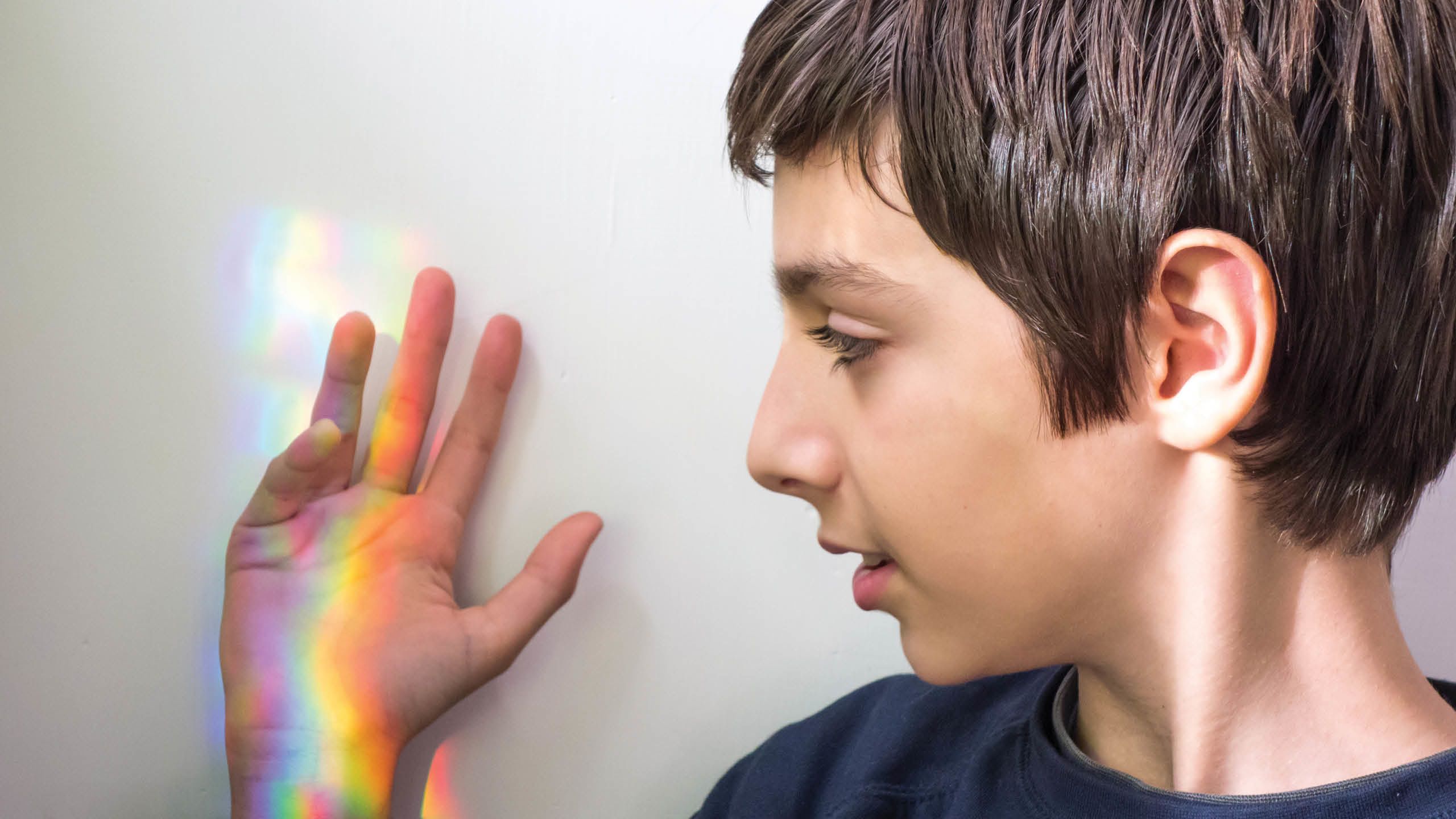
No more ‘wait-and-see’
For Susan Brasher, tenure track assistant professor at the Nell Hodgson Woodruff School of Nursing, there is nothing more frustrating than a delayed diagnosis.
“It’s hard to believe there are still medical professionals who are taking a ‘wait-and-see’ approach,” says Brasher. “I started doing this work in 2013 and I thought if we educate enough, I won’t hear those words ever again. Instead, I hear them all the time. Nurse practitioners or pediatricians will say, ‘I’m just not sure. I’m going to wait and see.’ And when a child has a well visit just once a year, that’s an entire year that’s wasted.”
This hesitation to diagnose a child was part of what spurred Brasher, who has a background in pediatric nursing, to pursue a doctorate. Her passion is in training and educating providers on gaps in care and amplifying the voices of parents and families, particularly those who are underserved.
“My research is more participatory. I believe the person closest to a situation is the person who knows the most,” Brasher says. “For me, that is going to be caregivers, clinicians, and the adolescent or adult with autism. They are going to be the ones telling us what research needs to be done, how it should be done, and what outcomes we should look at.”
“I spend a lot of time in the community talking with people, doing focus groups and listening sessions,” she says.
Brasher has written a range of articles on topics such as racial and ethnic disparities in ASD, parent-mediated interventions for ASD and moderate feeding problems, and caring for adults with autism in emergency departments.
“A lot of work I do is training for nurses and nurse practitioner students on autism, especially how social skills, communication, repetitive behaviors, anxiety, aggression, and injury to themselves or other people can impact health and health outcomes,” she says.
Brasher works closely with colleagues at Children’s, the Emory Autism Center, Marcus Autism Center, and the CDC. She also hosts an autistic women’s support group, which started with a grant and developed to be much more. Brasher was meeting with a group of individuals with autism to discuss the transition to adulthood when the only female in the group declared she would like to continue the discussion with other females on the spectrum, because “it’s just different for women.”
“To her point, women are underrepresented, they’re overlooked, and they often experience things differently than men do,” says Brasher, explaining that females on the spectrum tend to mask or camouflage their feelings to follow societal norms. “This group creates a space where they can build their social interactions and feel connected with other women on the spectrum.”
When Brasher learned from colleague Beth Malow, professor of neurology and pediatrics at Vanderbilt University and director of the Vanderbilt Sleep division, that 80 percent of children on the spectrum have sleep disorders, she wondered about its impact on the child’s behavior and as a cause of stress for parents. With a grant from the American Academy of Sleep Medicine, Brasher will work with Marlow as co-investigators to create community-based education programs to improve sleep in children with ASD.
Brasher was also involved in a multisite study with colleagues from UCLA compiling interviews with siblings to learn more from their lived experiences. “We had siblings of autistic adults who were in their 20s and 30s and a wide range of levels of autism,” she says. “We heard loud and clear from siblings that yes, there was stress, or yes, we couldn’t go to Disney World because that was too sensory stimulating, but I love my brother, I love my sister. I wouldn’t change [them] for the world. A lot of these siblings go into professions that involve caring for people, teaching, etc.”
Susan Brasher, assistant professor at the Nell Hodgson Woodruff School of Nursing
Susan Brasher, assistant professor at the Nell Hodgson Woodruff School of Nursing
Vince Calhoun, director of the Center for Translational Research in Neuroimaging and Data Science
Vince Calhoun, director of the Center for Translational Research in Neuroimaging and Data Science
Prevalence of ASD
About 1 in 36 children has been identified with autism spectrum disorder (ASD).
ASD occurs in all racial, ethnic, and socioeconomic groups.
ASD is nearly 4 times more common in boys than girls.
“Nurse practitioners or pediatricians will say, ‘I’m just not sure. I’m going to wait and see.’ And when a child has a well visit just once a year, that’s an entire year that’s wasted.”—Susan Brasher

Using Big Data and AI
Vince Calhoun, an expert in brain imaging and analysis, is the founding director of the Center for Translational Research in Neuroimaging and Data Science (TReNDS), a collaboration between Georgia State University, Georgia Tech, and Emory.
“We have a center that is focused on neuroimaging and data science with applications to study brain development, brain aging, and clinical brain disorders,” says Calhoun, who has a background in electrical and biomedical engineering.
TReNDS has collaborated with Marcus Autism Center to create a pediatric neuroimaging computational core (PNCC). The team is working on developing advanced analytic and AI-based approaches for analyzing neonate neuroimaging data from at-risk families.
Calhoun and TReNDS researchers from a variety of disciplines aim to use advanced technologies and brain imaging to create biomarkers that can help address relevant areas of brain health and disease.
One of the group’s challenges is taking big data sets and looking for commonalities across mental disorders to find connections that are clinically relevant.
“But how do we do something useful with these commonalities without ignoring individuality?” asks Calhoun.
Case in point: In a study published in the April issue of Biological Psychiatry, Calhoun and colleagues compared a large brain imaging dataset of 5,231 individuals diagnosed with schizophrenia, ASD, major depressive disorder, or bipolar disorder and a corresponding control group of almost 9,000 adolescent brain scans from cognitive study participants who did not have a diagnosis.
“We wanted to see if there was any evidence that the brain patterns that are signatures of the chronic disorders would show up in the control group,” says Calhoun.
The researchers did find 100 young adults from the undiagnosed control group whose brain patterns matched those of the diagnosed subjects. Further, “these brain patterns also correlated with early symptoms and genomic risk, suggesting the potential of brain function as an early risk indicator,” notes Calhoun, adding that researchers will explore the relationship further.
Joanna Lomas Mevers, associate professor of pediatrics at Emory School of Medicine, Division of Autism and Related Disorders, and director of clinical operations at Marcus Autism Center, provides interventions for children and parents to resolve issues around urine and bowel training.
Mevers works with children with severe to challenging behaviors, which represents a large population of ASD patients, many of whom are not toilet trained.
“I know (Marcus has) great behavioral solutions when it comes to urine training, so we developed clinical services focusing on urine training and then demonstrated through large outcome studies that these are effective and don’t require any negative procedures. We can do this mainly by providing positive reinforcers to kids, putting them on a schedule, and it can be done in a relatively short amount of time,” she says.
They also developed a caregiver model that takes a bit longer but empowers parents.
After initial promising results, about half of their clients began returning to the clinic. “Parents were saying, ‘Okay, it’s great my kid pees in the toilet; that’s awesome, but they are not having a bowel movement in the toilet.’ And then you see regression because the mom or caregiver must put them back in Pull-Ups because they might have an accident.”
As the issue persisted, Mevers heard from parents about the difficulty of taking older children out to stores and trying to find changing tables, which were not the appropriate size or weight needed, not to mention the costs of adult diapers.
“I knew we had to solve this problem of bowel movements, as there were not good solutions out there,” says Mevers.
Mevers and team began working with Barbara McElhanon, a pediatric gastroenterologist at Children’s, assistant professor of pediatrics at Emory, and medical director at Marcus Autism Center, where she has a weekly GI Clinic dedicated to patients with autism and cares for patients in the multidisciplinary feeding program.
“We came up with a combined medical-behavioral model of treating kids with fecal incontinence that has now been through two clinical trials,” Mevers says. “We just finished our last large clinical trial with over 117 kids, randomized between our treatment or treatment as usual, and we are in the process of analyzing those results.” Early results are showing that about 80 percent of patients improve.
“I get emails regularly from people who say, ‘I looked up this study and tried this at home and it worked for my kid; now my kid is bowel trained.’”
The researchers are writing a new grant that if funded will follow the entire toileting process and enable parents to implement some of the procedures, rather than clinicians.
“This is the next step of moving (the toileting methodology) into the real world, so that parents don’t have to find a clinician in their community,” she says. “Potentially, this is something they can do within the home environment.”
“I was increasingly concerned that discoveries and advances in knowing what worked with children, what could help them have better lives and better outcomes, were not being applied within the health care system.”—John Constantino

Increasing access
In the past 25 years, John Constantino, a child psychiatrist and expert on neurodevelopmental disorders, especially autism spectrum disorders, and professor of psychiatry and behavioral sciences at Emory, has witnessed the field of children’s mental health mature. But success in the lab didn’t necessarily mean adoption into daily life or the health care system.
“I was increasingly concerned that discoveries and advances in knowing what worked with children, what could help them have better lives and better outcomes, were not being applied within the health care system,” he says.
When he became chief of behavioral and mental health at Children’s Healthcare of Atlanta, he was determined to “model what it would look like if mental health care looked like medical care for a completely representative population of children, including children in the Medicaid program who are governmentally insured.”
Constantino’s new endeavor tackles inequities, delays in diagnoses, and gaps in care.
He anticipates being able to help 7,000–10,000 children per year that “we can enroll in a different level of care: no waiting and high quality. When we develop a treatment plan, no stone is left unturned. The entire evidence base of the field will be delivered by the team at Children’s in collaboration with our partners in the community.”
By the end of June, the first 1,500 children had been seen at Children’s. Now that the foundational system is in place, his next move is to build the research framework. “We are engaging policy analysts, and longitudinal studies experts, and are building a scientific team that will comprise an informatics and policy core associated with the Center for Behavior and Mental Health.”
Additionally, Constantino is concerned about the disparities that Black children with autism experience that white children with autism often don’t.
Joanna Lomas Mevers, assistant professor of pediatrics at Emory School of Medicine
Joanna Lomas Mevers, assistant professor of pediatrics at Emory School of Medicine
John Constantino, professor of psychiatry and behavioral sciences at Emory
John Constantino, professor of psychiatry and behavioral sciences at Emory
“Children who are black and are born with autism versus children who are white and born with autism get diagnosed later, get misdiagnosed more frequently, have much lower access to necessary developmental therapy and educational interventions, and have twice the rate of associated intellectual disability.”—John Constantino
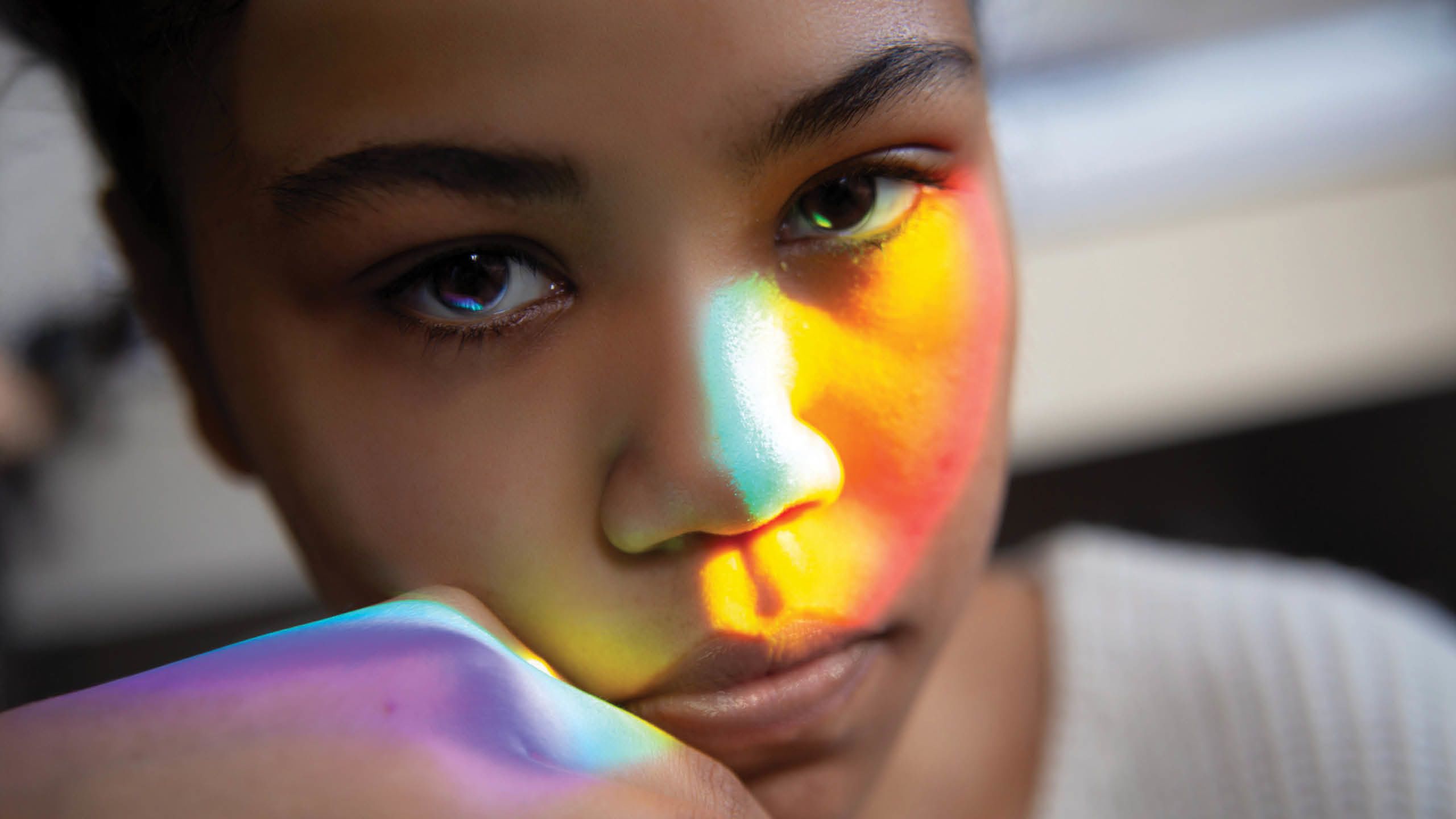
“Children who are Black and born with autism versus children who are white and born with autism get diagnosed later, get misdiagnosed more frequently, have much lower access to necessary developmental therapy and educational interventions, and have twice the rate of associated intellectual disability,” he says. “It’s enough to have autism, but you combine that with intellectual disability, and it is just an overwhelming one-two combination for development.”
However, preliminary studies Constantino worked on with colleagues at Washington University in St. Louis have shown that Black children who receive developmental therapy gain “essentially seven IQ points for every nine months of developmental therapy,” he says.
Constantino and members of his Children’s team went to the primary care practice at Children’s Hughes Spalding Hospital and found there were around 100 children, 3 years old and under, whose pediatricians suspected they had autism.
“They were on a waiting list for a diagnosis but there were no options for evaluation in the foreseeable future for them,” he says. “We were determined to eliminate this wait list.” Through joint efforts of the Behavioral and Mental Health team and the Marcus Autism Center, the wait list has now been eliminated, and enhanced capacity sustained to ensure that it does not reaccumulate. “If you diagnose children on time and give them the right kind of developmental and educational supports, there is an opportunity to spare many of them a lifetime of intellectual disability, which is a serious facet of the disparity.” EHD
Note: The Emory University Office of Research Compliance & Regulatory Affairs has implemented a robust Conflict of Interest set of management plans to ensure transparency and uphold the integrity of research activities associated with Earlitec Diagnostics for Dr. Ami Klin, Dr. Warren Jones and Dr. Cheryl Klaiman regarding their financial interest in the company. These measures are designed to mitigate potential conflicts of interest and maintain the highest standards of research integrity.
About this story: Written by Nicole Golston, a freelance writer who lives in Tucker, Georgia, with her two young adult children, including a son on the autism spectrum. Design Peta Westmaas.

